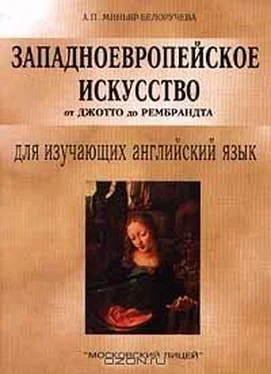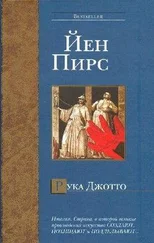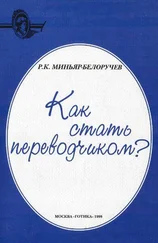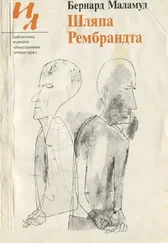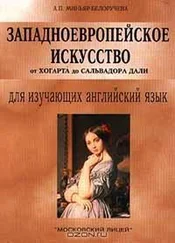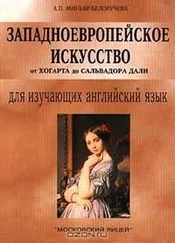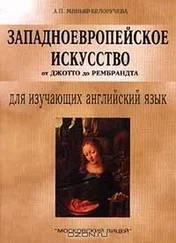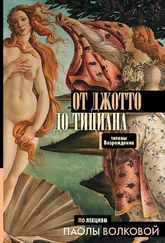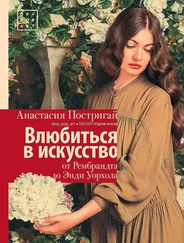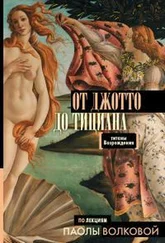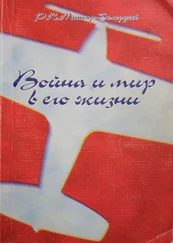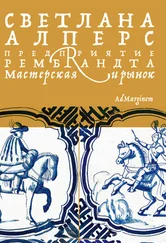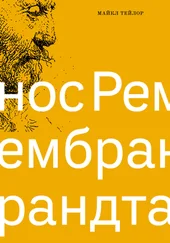Несмотря на большое количестве фигур, роспись Сикстинского плафона логически ясна и легко обозрима. Она не разрушает плоскости свода, а выявляет тектоническую структуру.
VIII. Summarize the text.
IX. Topics for discussion.
1. Michelangelo's sculpture.
2. Michelangelo's ceiling painting.
3. Michelangelo's artistic heritage.
Unit VII Raphael (1483-1520)
Raffaello Sanzo, known as Raphael, was the third giant of the High Renaissance. In his art the High Renaissance ideal of harmony comes to its most complete expression.
Raphael was born in Urbino. First taught by his father, Giovanni Santi, a mediocre painter, Raphael worked for some time in the studio of Perugino.
In 1504 Raphael painted The Marriage of the Virgin for a church of Citta di Castello. The central group is unified around the motive of Joseph putting the ring on Mary's finger. The architecture of the distant Temple grows out of a wide piazza. The Dome of the Temple is identified with that of Heaven. The perspective of the squares in the piazza moves through the open doors of the building to the point of infinity.
About 1505 Raphael arrived in Florence and achieved immediate success. Leonardo and Michelangelo, who were working there on the murals for the council chamber in the Palazzo Vec-chio, had establislied the High Renaissance style. Raphael met the demand with ease and grace. Having absorbed Perugino's feeling for light and colour, Leonardo's composition, Michelangelo's strength and power, Raphael put his personal stamp on everything he did; he was called the «Apostle of Beauty».
During his three-year stay in Florence he painted a great number of portraits and Madonnas. The loveliest of which is the Madonna of the Meadows dated 1505. The pyramidal group was influenced by Leonardo's composition of the Madonna and Saint Anna . But Raphael's picture is simpler. The Virgin sits before an airy landscape with a lake in the distance. The Child stands in front of her. Kneeling before Him is child St John the Baptist, holding the reed Cross. The bodies and heads of the children, the Virgin and the background landscape are full of harmony. To Raphael harmony was the basic purpose of any composition.
In 1508 Julius II invited twenty-six-year-old Raphael to paint the Stanze (chambers) of the Vatican. Raphael retained the position as court painter until his early death. His ideals of figural and compositional harmony came to be recognized as the High Renaissance principles. Classical artists of succeeding centuries (Poussin in the 17-th century and Ingres in the 19-th century) turned to Raphael as the messiah of their art and doctrine. The first room frescoed by Raphael was Stanza della Segnatura. From the complex iconographic programme, it is possible to single out two frescoes on the opposite walls: they typify the Classical and Christian elements reconciled in the synthesis of the High Renaissance. The Disputa (Disputation over the Sacrament) , the most complete expression of the doctrine of the Eucharist in Christian art, faces the School of Athens , an equally encyclopaedic presentation of the philosophers of pagan antiquity. In the Stanza painted afterwards, Raphael abandoned the perfect but static harmony for more dynamic compositions, which brought him to the threshold of the Baroque.
From this period dates the Sistine Madonna , so called because Saint Sixtus II kneels at the Virgin's right. The picture was intended to commemorate the death of Julius II in 1513. The saint's bearded face is a portrait of the aged pontiff. Saint Barbara, patron saint of the hour of death, looks down at his coffin, on which the papal tiara rests. The Virgin, showing the Child, walks toward the observers on the luminous clouds. In harmonizing form and movement this painting represents the pinnacle of Raphael's achievements. The Virgin and Child in their perfect beauty represent the ultimate in the High Renaissance vision of the nobility of the human countenance and form.
After the death of the warrior pope Julius II Giovanni de Medici became Roman pope. Raphael painted the portrait of Pope Leo X with Cardinals Giulio de'Medici and Luigi de'Rossi in 1517 (the fateful year when Martin Luther, whom the Pope excommunicated in 1520, nailed his theses to the door of the castle church in Wittenburg). Raphael has shown Leo X as he was in an unsparing portrait – corpulent, shrewd, pleasure-looking. Raphael endowed his subject with a new mass and volume. His analysis of the character was unexpected and profound. Raphael has shown the Pope who was incapable of holding the Roman Catholic Church together.
One of Raphael's last and greatest paintings was the Transfiguration of Christ , painted in 1517. In contrast to the traditional rendering of the subject, Raphael painted an accompanying incident as well. It was told by Matthew and Luke. When Peter, James, and John had accompanied Christ to the top of a high mountain, the remaining Apostles were unable without his presence to cast out the demons from the possessed boy. The lowei section is composed of the agitated figures of the Apostles and the youth plunged into semidarkness. The upper loop is composed of Christ, Moses, Elijah, and three Apostles. Christ and the prophets fly in the air as if lifted up by the spiritual experience. In this vision of Christ Raphael embodied his beliefs.
The great painter died on Good Friday, April 6, 1520, at the age of thirty-seven. His funeral was held in the Pantheon and the Transfiguration was placed above his bier.
To his contemporaries Raphael's death seemed the end of an era, but a closer look shows that, in a way, the High Renaissance synthesis of Classical and Christian had already started to dissolve. Inevitably, it was an unstable equilibrium. Nonetheless the great solution remained, on the walls of the Vatican, the ceiling of the Sistine Chapel, and in the churches and palaces of Florence and Rome. Leonardo, Michelangelo and Raphael left a vision of the powers of the human being and the grandeur of human imagination that had not been approached since the days of the ancient Greeks. These solutions continued to inspire artists in every century after the short-lived High Renaissance itself passed into history.
Make sure you know how to pronounce the/allowing words:
Raphael; Urbino; messiah; tiara; Wittenburg; Martin Luther; Pantheon; Eucharist; Elijah; Matthew; Luke; Ingres; luminous
Notes
Marriage of the Virgin – «Обручение Марии»
Madonna of the Meadows – «Мадонна в зелени»
Disputa (Disputation over the Sacrament) – «Богословие» или «Диспута»
Schools of Athens - «Афинская школа»
Sistine Madonna – «Сикстинская Мадонна»
Transfiguration of Christ – «Преображение»
Pope Leo X with Cardinals Giulio de'Medici and Luigi de'Rossi – «Портрет папы Льва X с кардиналом Джулиано де Медичи и Луиджи де Росси»
Stanza della Segnatura – Станца делла Сеньятура «зал Подписи»
Eucharist – евхаристия, святое причастие
The Vatican – Ватикан
Good Friday – Великая пятница, пятница на страстной
неделе
Tasks
I. Read the text. Mark the following statements true or false
1. In Raphael's art the High Renaissance ideal of harmony comes to its most complete expression.
Читать дальше
